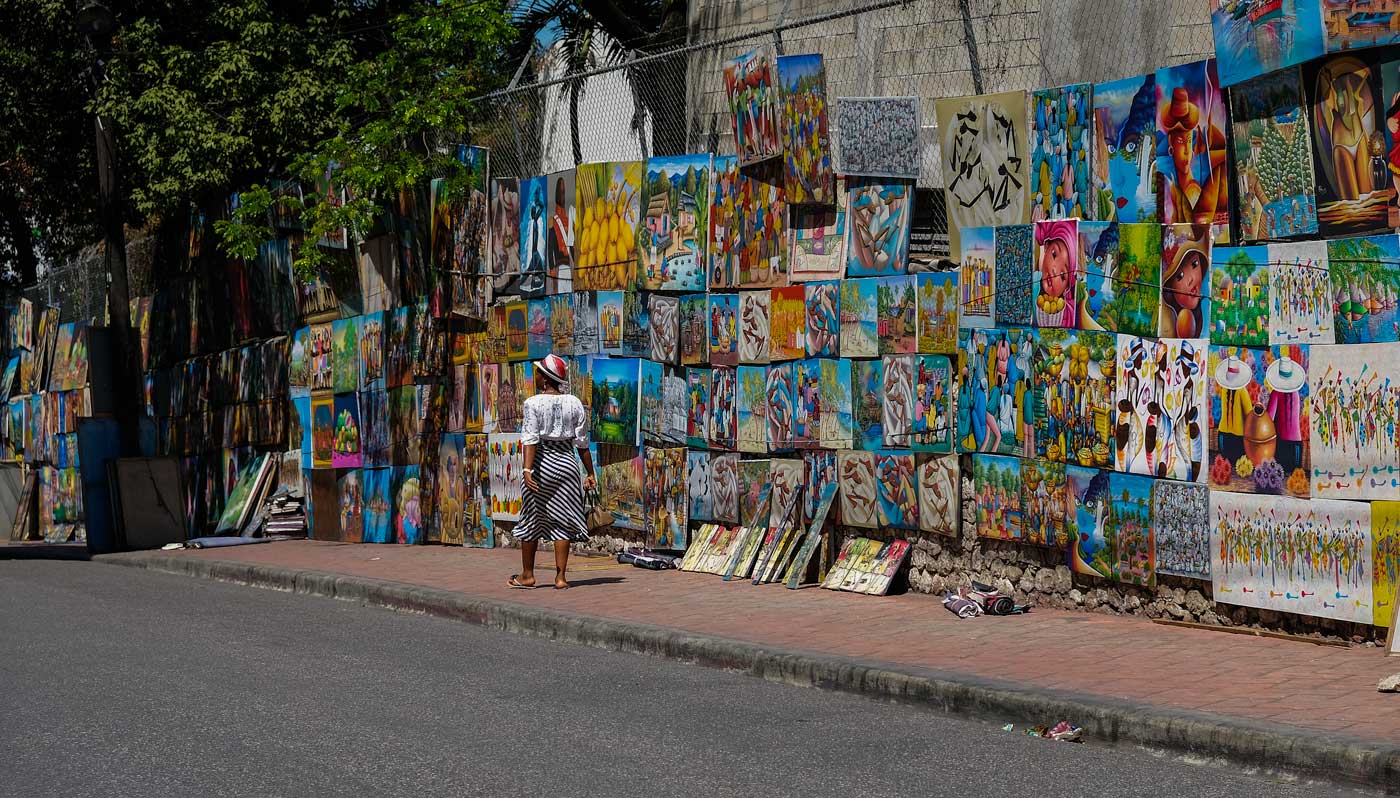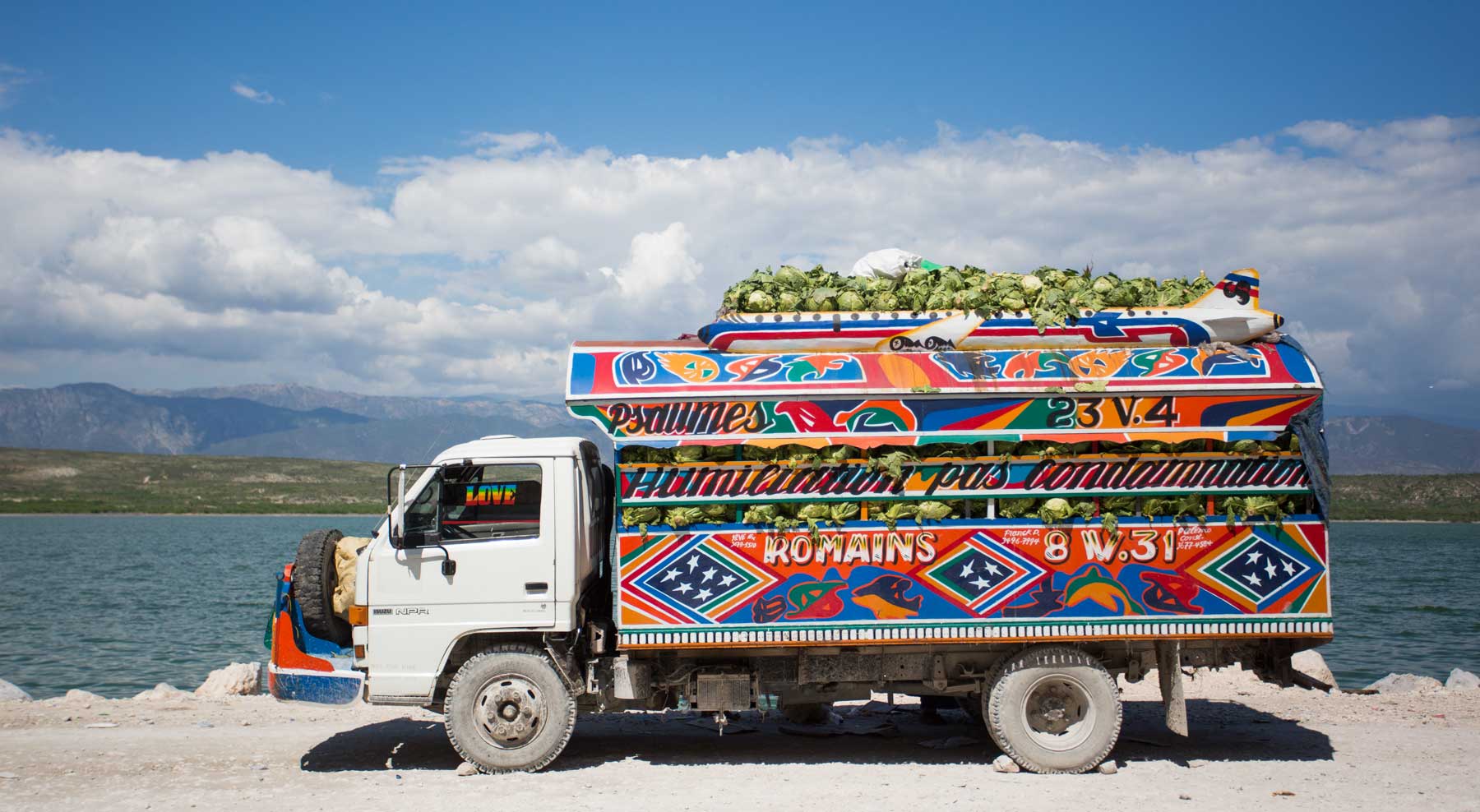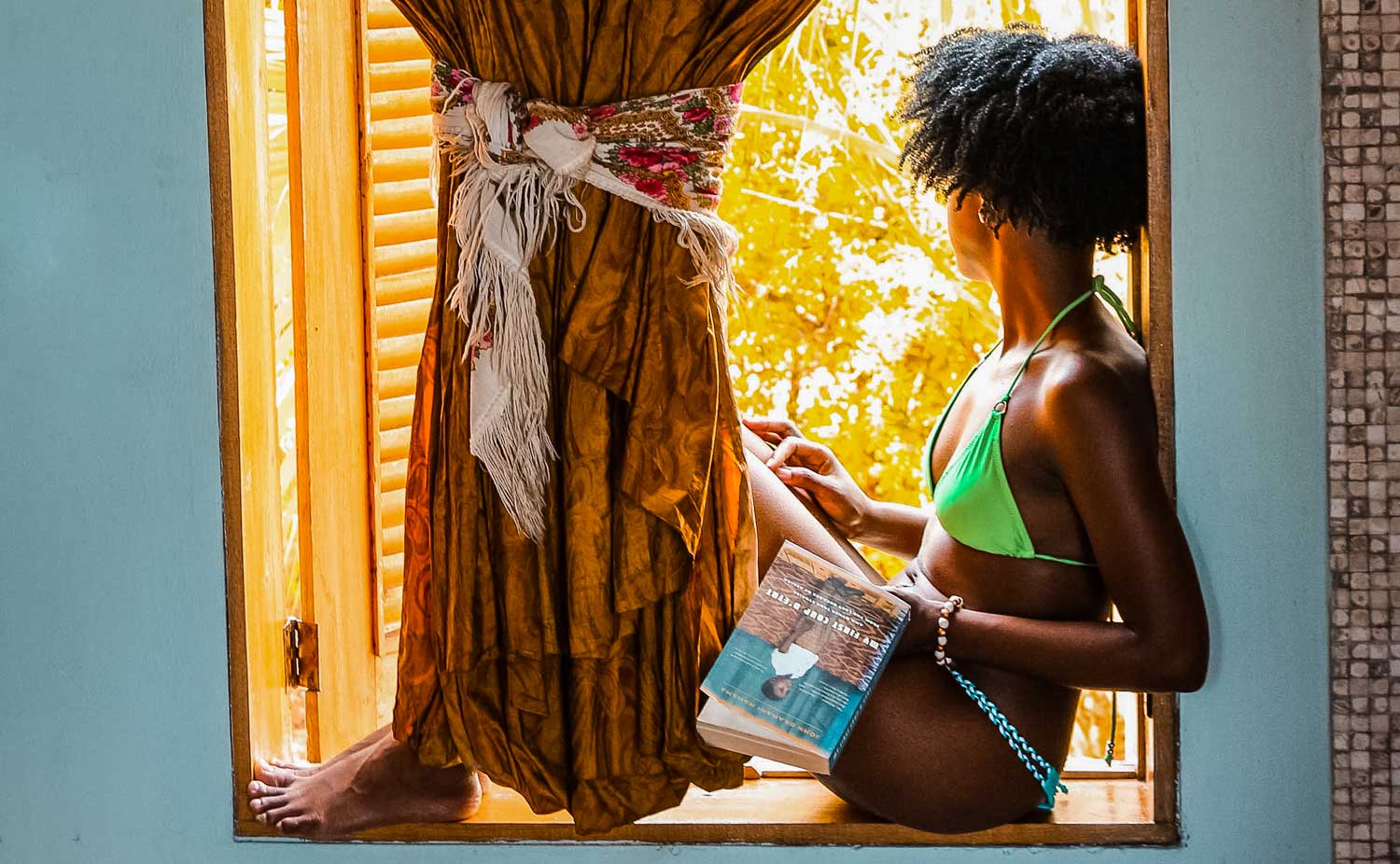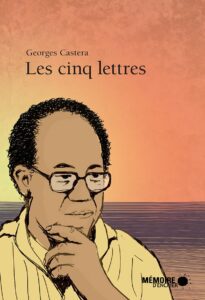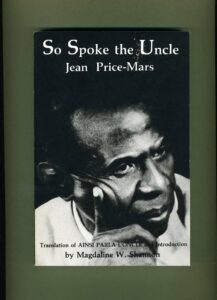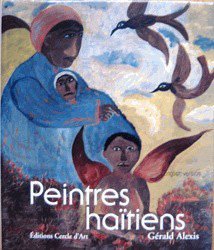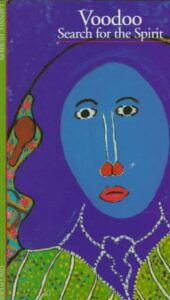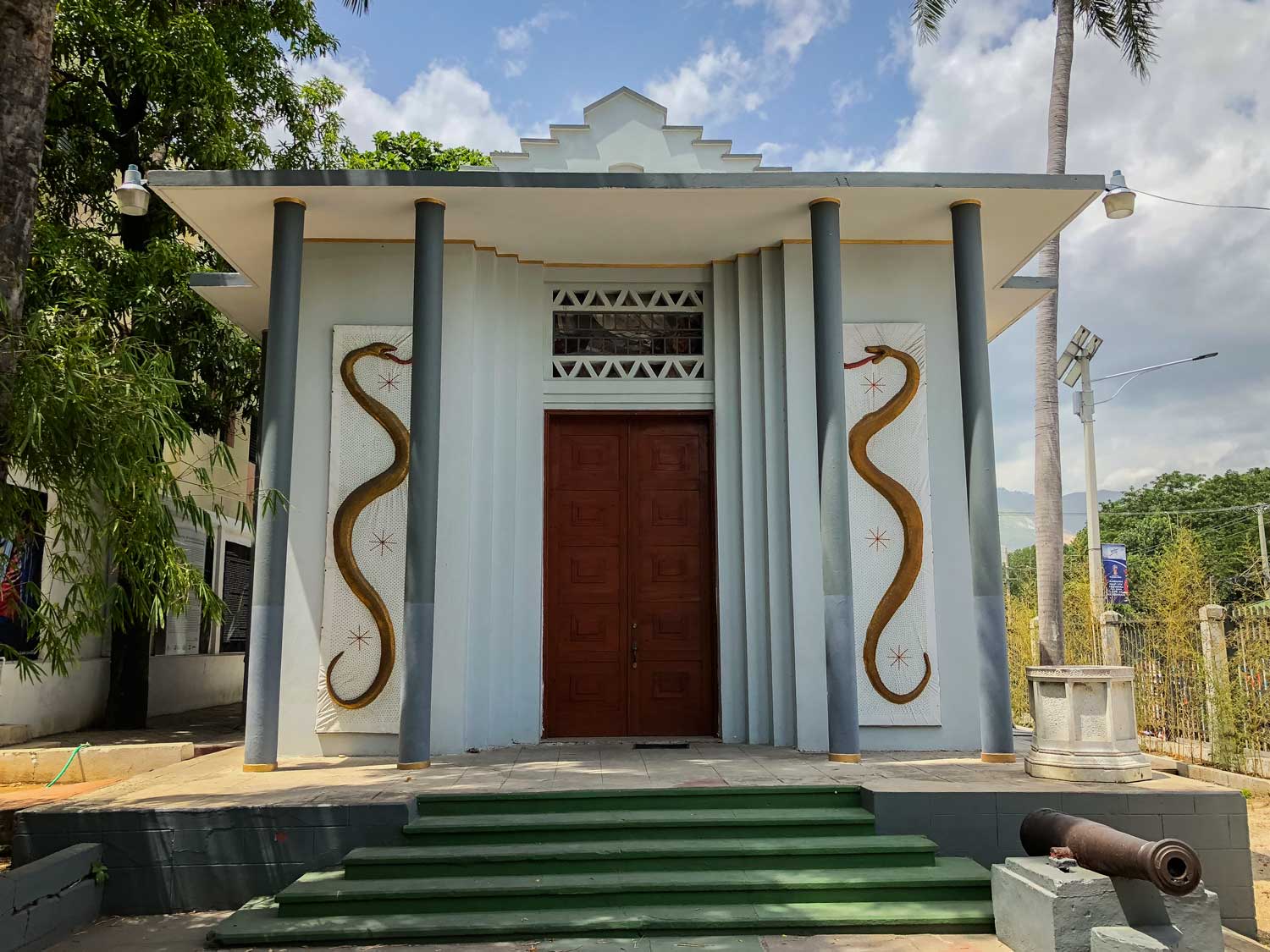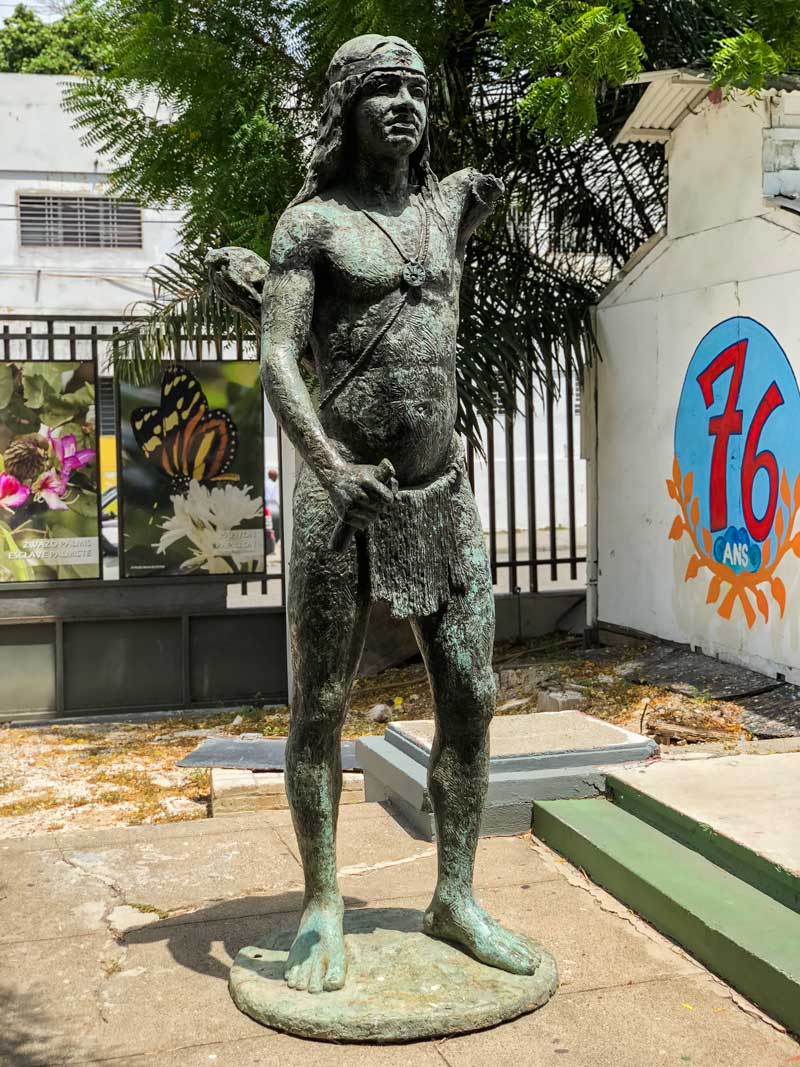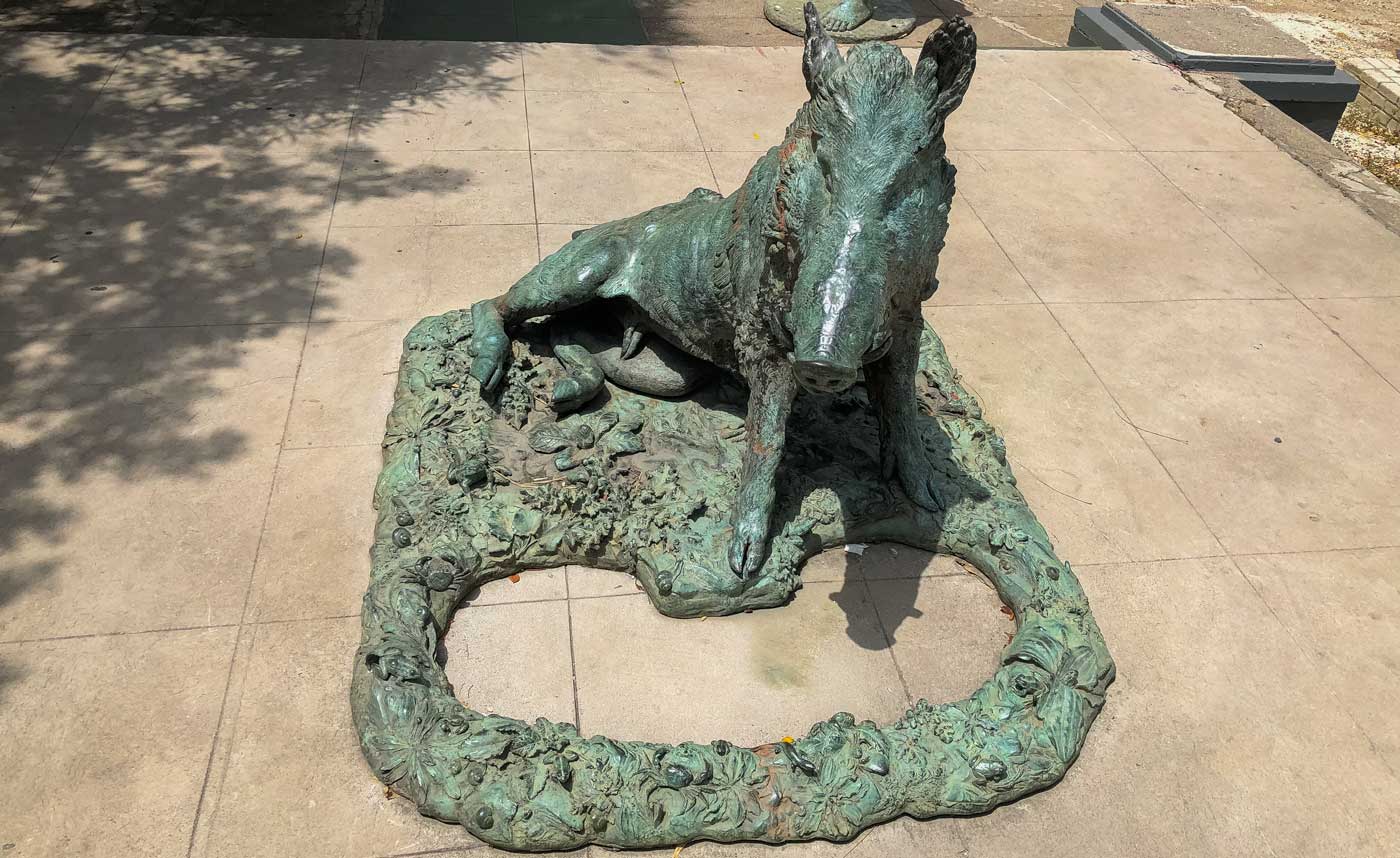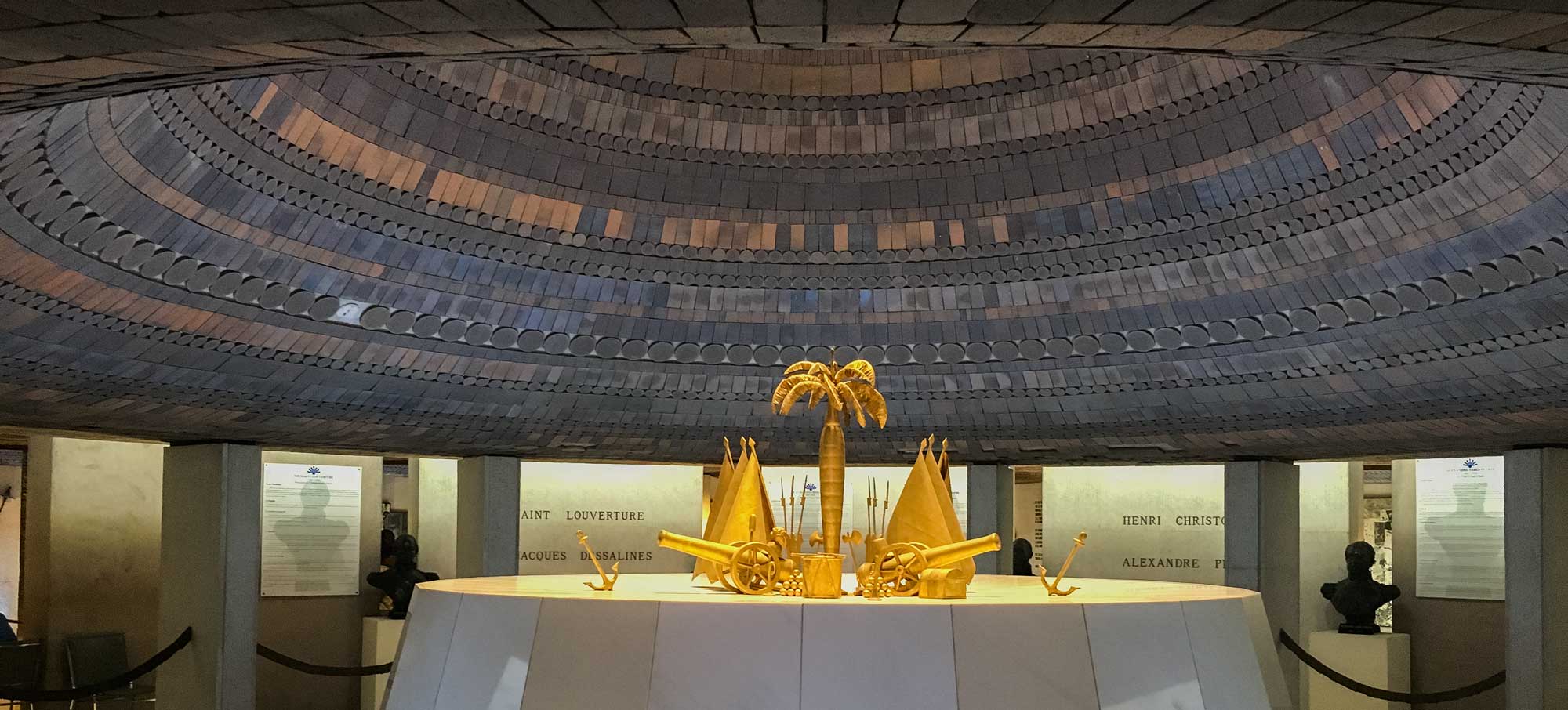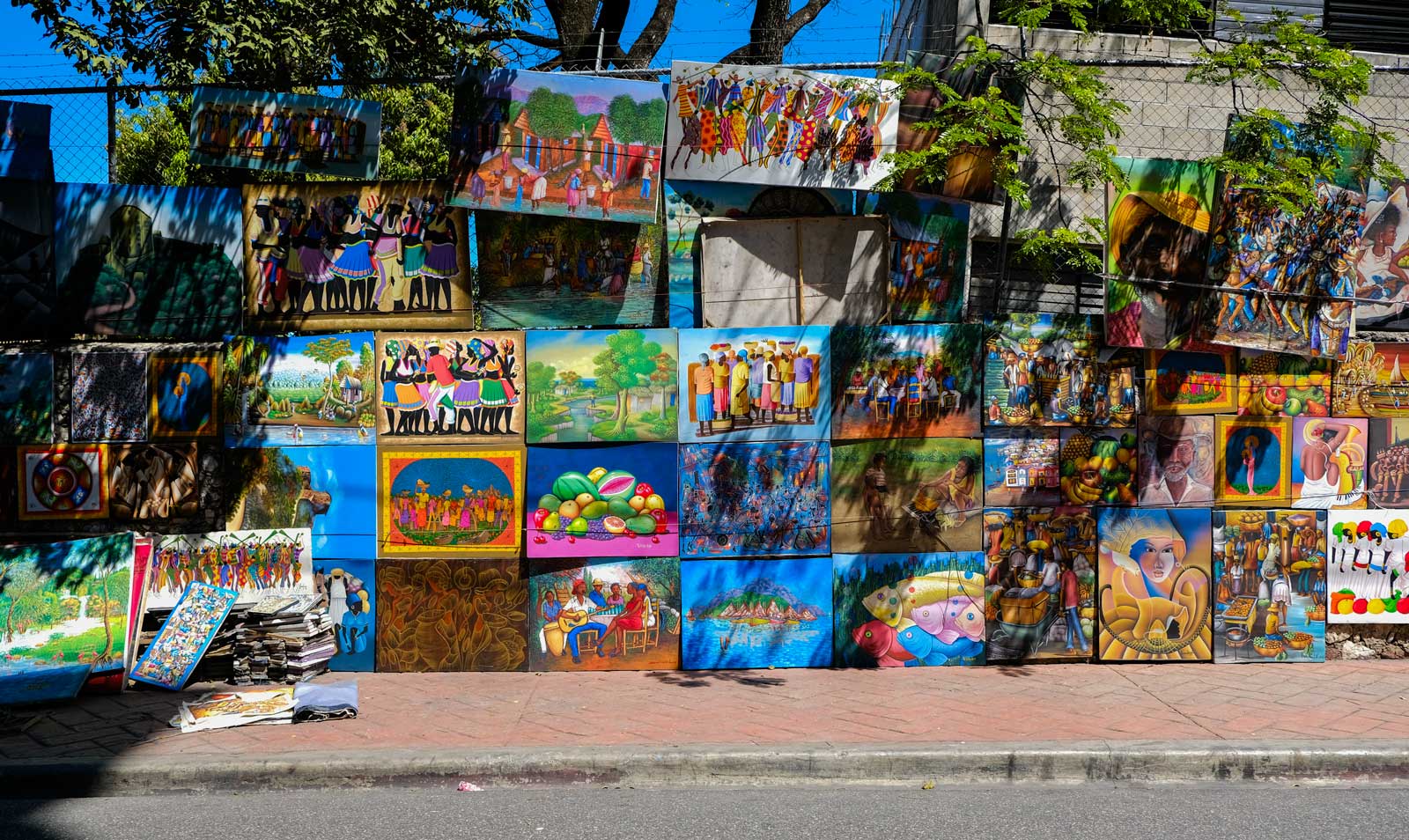
Photo: Franck Fontain
Seven Famous Haitian Painters to Watch (and Maybe Even Collect)
Haitian contemporary art is bold, imaginative, and deeply rooted in culture. These seven artists are pushing boundaries—and their work is worth collecting.
Haitian artists push the boundaries of imagination, reinterpreting their cultural roots while developing unique visual codes. Their work, deeply rooted in Haitian folklore and contemporary realities, transcends borders to offer a universal vision of artistic expression, blending tradition with innovation.
These seven visionary artists are not only shaping Haiti’s contemporary art scene—they’re also creating pieces worth collecting. With bold styles and compelling narratives, their work stands out in galleries, private collections, and museums worldwide.
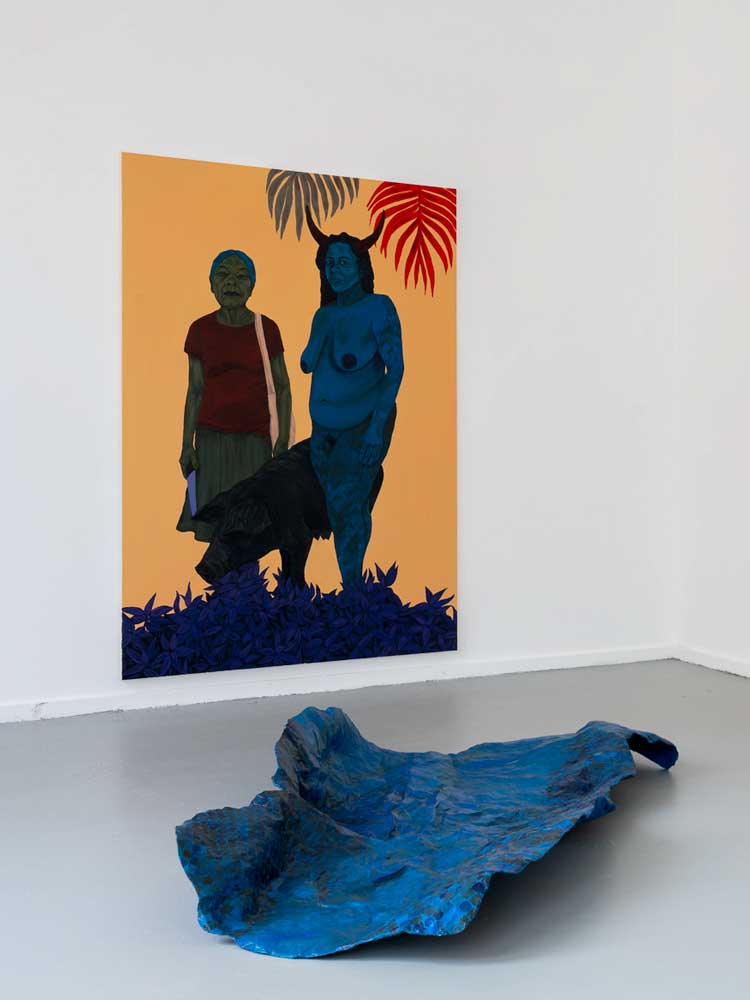
Photo: Tessa Mars
Tessa Mars
Tessa Mars is a contemporary Haitian artist who has established herself with a distinctive style. Through her art, she explores varied themes often deeply connected to Haiti’s social and cultural realities.
Tessa favors soft pastel tones and delicate hues, crafting surreal landscapes filled with faces and mythical figures. Her work is a deeply personal interpretation of Haitian collective memory, transforming history and identity into bold, dreamlike compositions.
As the daughter of Ketly Mars, a well-known Haitian writer, Tessa Mars has carved her own path in the creative world, asserting her unique voice on the canvas.
Explore more of her work here: Tessa Mars Official Website
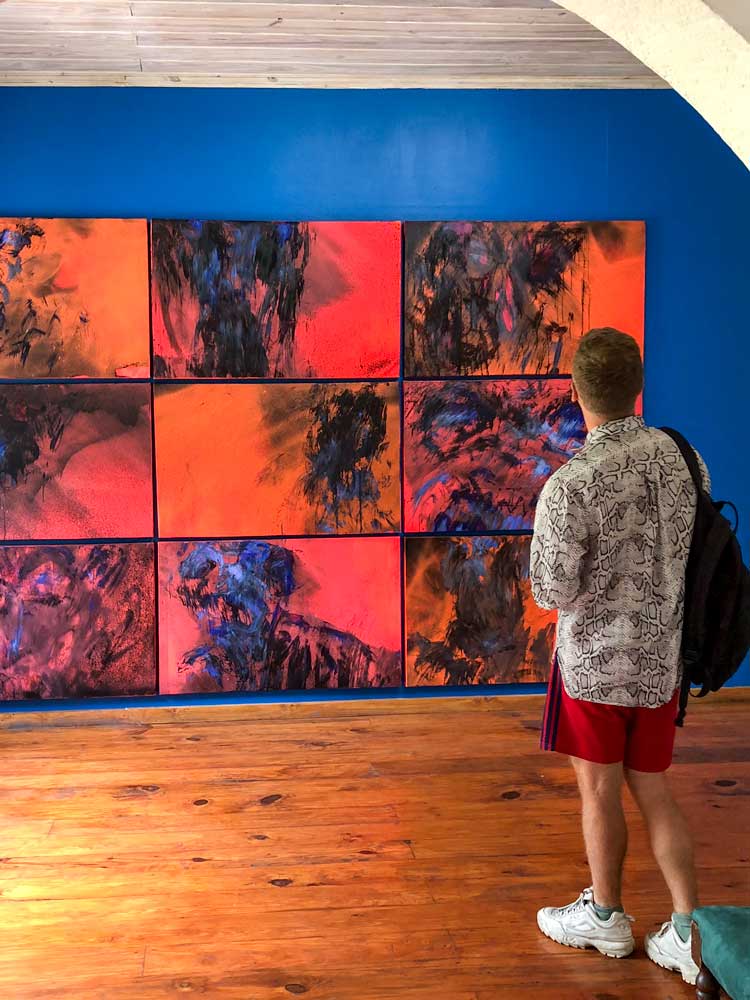
Photo: Anton Lau
Mario Benjamin
For Mario Benjamin, Haitian art is about more than just painting idyllic rural scenes—his approach is modern, bold, experimental, and unconventional.
His art is an explosion of vivid and unexpected colors, breaking away from traditional expectations and pushing Haitian contemporary art into new territory.
A self-taught artist, Mario Benjamin moves beyond painting, exploring mediums such as sculpture and metalwork. His mastery of materials and colors results in pieces that are nonconformist, vibrant, and full of raw energy.
A pioneer of performance art in Haiti, Mario has had a profound impact on the local and international art scene. He has inspired a new generation of artists, including Sébastien Jean, and has played a role in the rise of Atis Rezistans, a renowned art collective from Grand Rue.
His work is housed in private collections and major institutions.
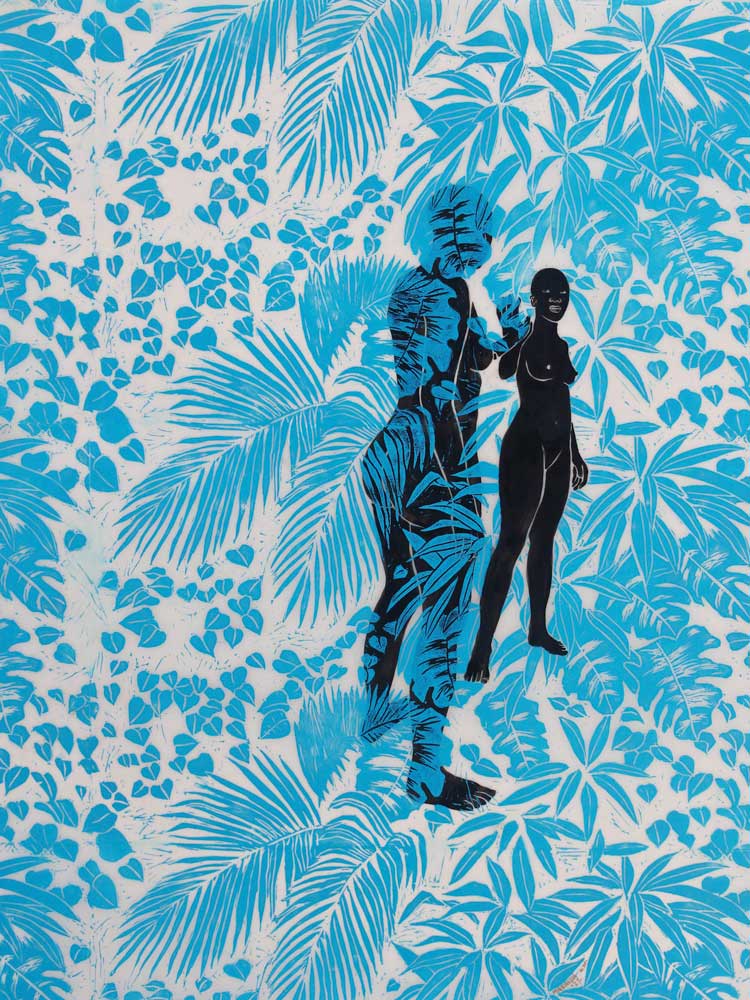
Photo: Mafalda Mondestin
Mafalda Mondestin
Mafalda Mondestin creates an artistic universe where women take center stage. Her original approach to the female nude evokes a sense of security, sisterhood, and freedom.
Her artistic signature includes deep, neutral tones, particularly intense blacks that define her figures. This contrast of light and darkness gives her work a unique and striking depth.
Mafalda studied visual arts and graphic design at Valencia Community College in Florida, graduating in 2010. After the 2010 earthquake, she returned to Haiti to dedicate herself fully to painting, drawing, and printmaking. Now a teacher at the Centre d’Art, she plays a key role in training new generations of Haitian artists.
In 2019, she participated in the Intra-Caribbean Residency Program in Cuba, supported by UNESCO, where she specialized in printmaking.
Explore her work here: Mafalda Mondestin Official Website
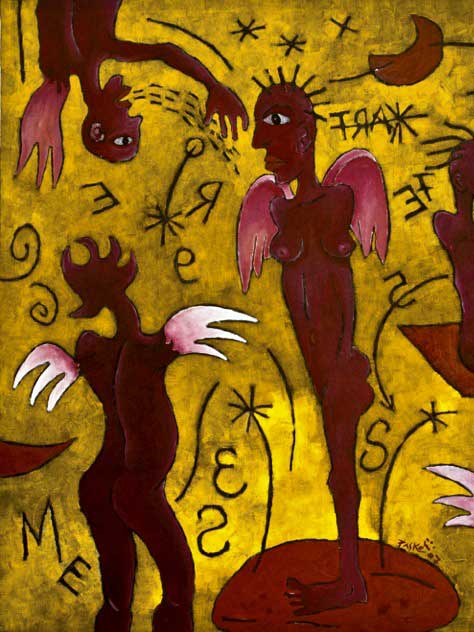
Photo: Paske
Pasko
Pierre Pascal Merisier, known as Pasko, is a Haitian artist whose work stands out for its fascinating hybrid forms. His paintings blend humans, animals, and plants into intricate, surreal compositions.
His unique visual world features disproportionate eyes, recurring limbs, and hypnotic patterns, which blur the boundaries between reality and imagination. His art invites viewers to reflect on the symbiotic relationship between humans and nature.
Born in Pétion-Ville in 1974, Pasko is a painter and printmaker trained by Haitian artist Tigo. His work is deeply inspired by Haitian popular culture, weaving traditional themes into modern interpretations.
Now a printmaking instructor at the Centre d’Art, Pasko’s creations are recognized for their technical precision and originality, securing his place in Haitian contemporary art.
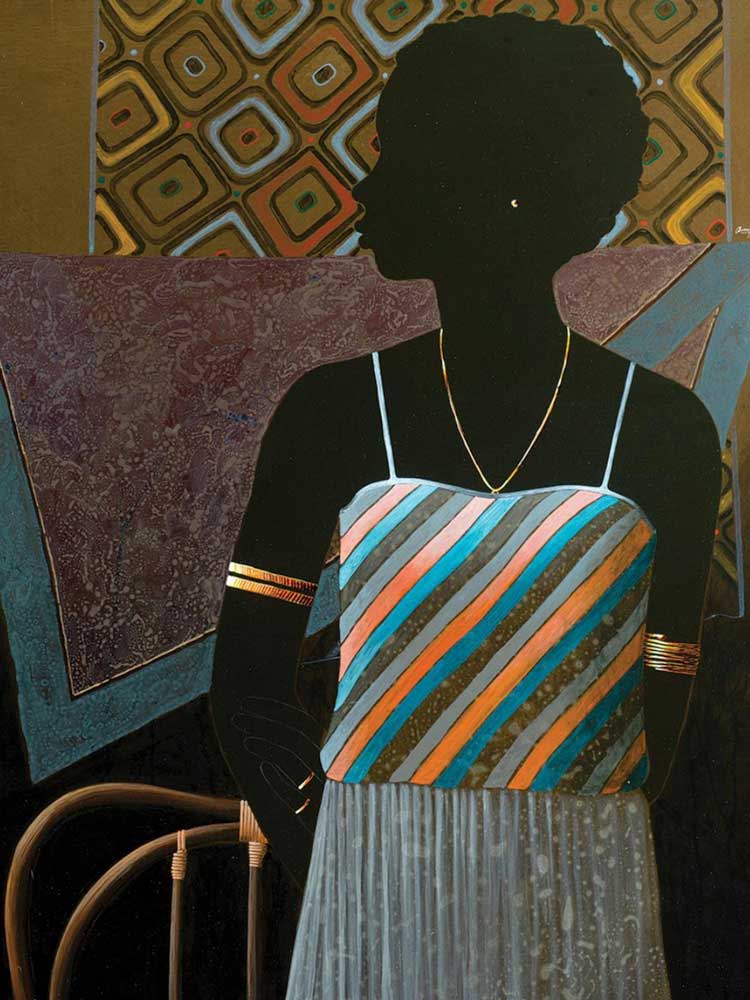
Photo: SIMIL
SIMIL
Emilcar Similien, known as SIMIL, was born in Saint-Marc in 1944. His passion for drawing and painting began early and quickly evolved into a distinct artistic style.
SIMIL’s work often features female silhouettes, adorned with gold jewelry, embodying timeless elegance and symbolism.
His paintings are known for their fine details and precise execution, with each element meticulously crafted to draw the viewer into a rich narrative.
Strongly influenced by Ancient Egyptian art, his figures are often depicted in profile, set against luminous backgrounds. He primarily works with acrylic on masonite, creating pieces that are deeply symbolic and intricately detailed.
SIMIL’s work is part of the Centre d’Art’s collection, marking his lasting influence on Haitian contemporary art.
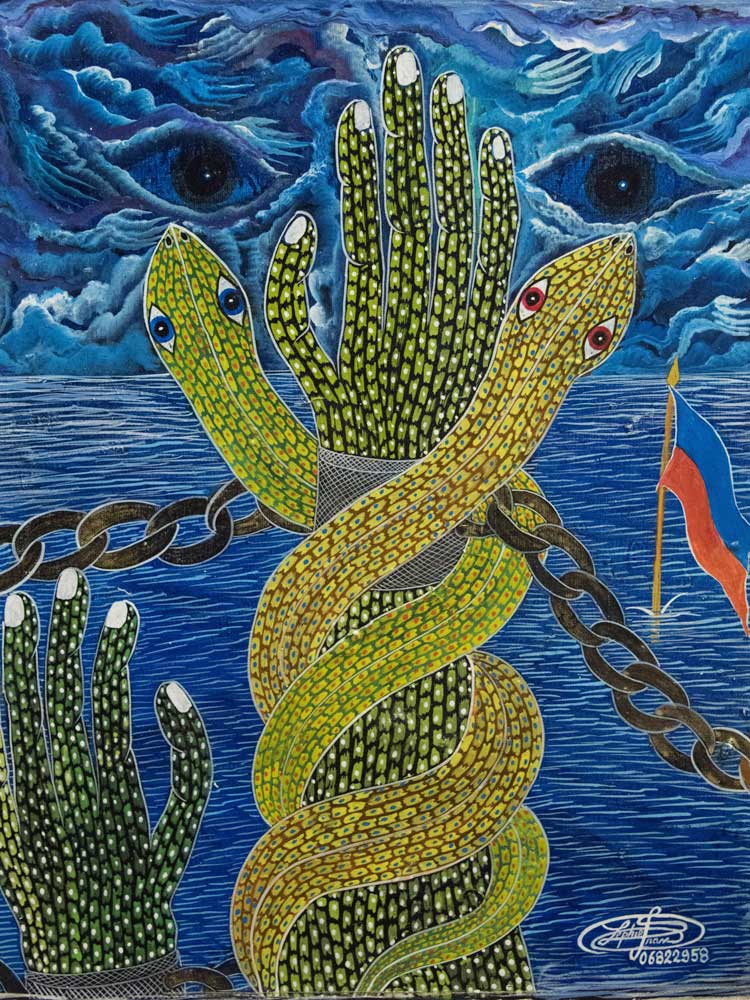
Photo: Centre d’Art
Frantz Zéphirin
Born in Cap-Haïtien on December 10, 1966, Frantz Zéphirin was introduced to painting in 1973 by his uncle, Antoine Obin, a master of Cap-Haïtien’s artistic tradition.
However, Zéphirin’s artistic world is far more vibrant and surreal than that of his predecessors. His paintings burst with color, intricate patterns, and imaginative storytelling.
His works depict biblical characters, Loas (Vodou spirits), and scenes of Haitian social and political life, offering a layered, symbolic vision of Haiti’s identity.
One of the most recognizable elements of his work is the use of animals, which he seamlessly integrates into his compositions. According to Zéphirin, “there is an animal inside every human”, a theme that runs throughout his art.
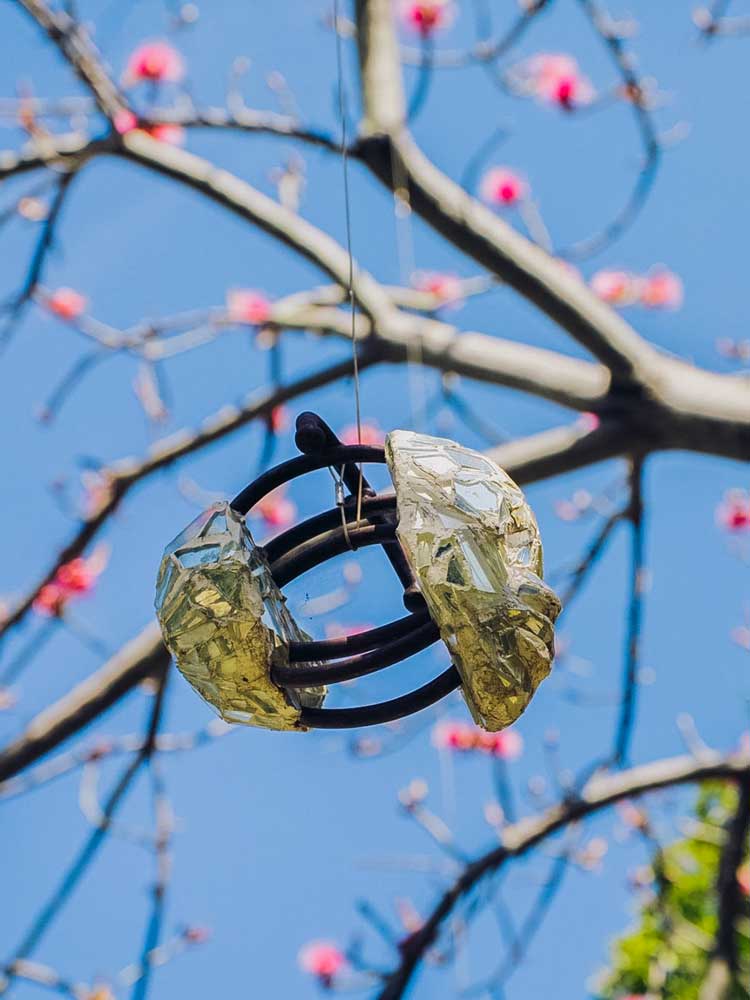
Photo: Valérie Baeriswyl
Pascale Monnin
Born in Port-au-Prince in 1974, Pascale Monnin is a Haitian-Swiss multidisciplinary artist whose work is defined by a poetic and singular aesthetic. A sculptor, engraver, and painter, she draws inspiration from Haitian folklore, yet builds a highly personal visual universe.
Recurring symbols in her art include birds, representing freedom, and eggs, symbolizing renewal and fragility. These motifs reflect her ongoing exploration of life, transformation, and the passage of time.
Beyond her personal artistic practice, Pascale and her family have played a key role in shaping Haitian art history. Since 1956, the Galerie Monnin, founded by her family, has supported and exhibited Haitian artists. Pascale also led the Centre d’Art d’Haïti from 2014 to 2016.
Her work has been showcased at prestigious venues such as the Grand Palais, Villa Medici, and the Fowler Museum, and is part of collections at institutions like Haiti’s Musée du Panthéon National Haïtien and the Waterloo Center for the Arts.
Follow her work on Instagram: @pascale_monnin
Written by Costaguinov Baptiste.
Published March 2025.
Explore Haitian Art & Culture

Paradise for your inbox
Your monthly ticket to Haiti awaits! Get first-hand travel tips, the latest news, and inspiring stories delivered straight to your inbox—no spam, just paradise.




